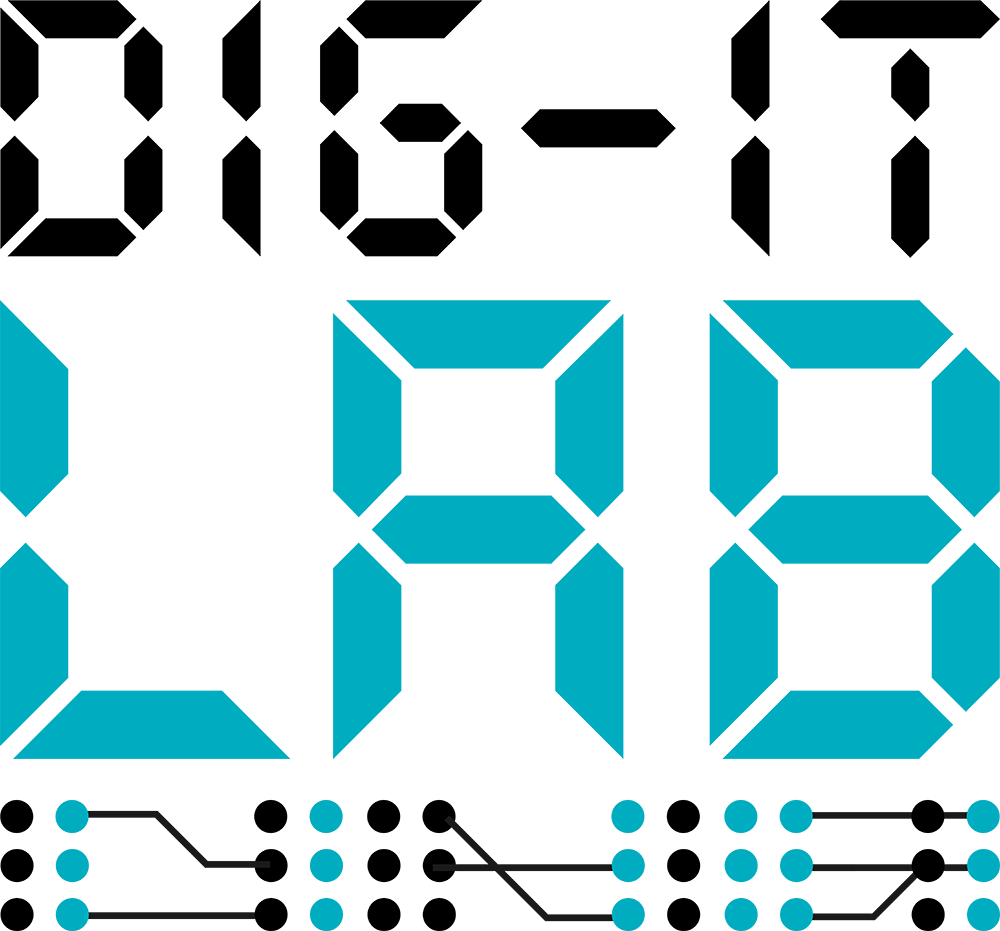Sensor data from smart lighting fixtures shared via a RealEstateCore (REC)-compliant edge interface to enable cross-system optimisation. A perfect example of TXn in action.
Scenario Overview
The Testbed Xn Framework (TXn) is designed to turn strategic goals into measurable, scalable experiments. One of the first End-to-End Scenario Implementations (E2E SI) developed under TXn is led by Fagerhult Group, a Swedish lighting technology company. This scenario showcases how smart lighting systems can be integrated with cloud platforms and shared data standards to unlock new possibilities for building automation and energy efficiency – such as using lighting-based occupancy data to control HVAC systems.
Architecture in Practice: From Sensors to Dashboards
The implementation spans all architectural layers:
Device Layer (i.e., physical hardware/components and what data they produce): Smart fixtures with embedded sensors detect occupancy and ambient light.
System Layer (i.e., control systems or subsystems that ingest device data and issue commands): Organic Response nodes adjust lighting based on sensor input and network commands.
Network Layer (i.e., communication protocols, media and devices needed to connect all layers): Data flows via Wirepas mesh to a gateway, then via MQTT to the cloud.
Data Layer (i.e., where and how data is pre-processed, aggregated, stored, and shared): Relational and time series sensor data is stored in the Organic Response cloud platform and shared via RESTful APIs. With the Fagerhult REC edge module, data is also shared with the ProptechOS platform for visualisation and use by other applications
Application Layer: Dashboards in Organic Response Portal and ProptechOS visualize occupancy and energy usage.
Expected Impact
By enabling interoperability between lighting and HVAC systems, this scenario aims to reduce energy consumption and improve occupant comfort. It also sets a precedent for how partners can use TXn to validate scalable, real-world solutions that align with Dig-IT Lab’s mission.
While Fagerhult Group led the technical implementation, the scenario reflects collaboration across multiple partners and platforms. It exemplifies the kind of cross-industry innovation Dig-IT Lab seeks to foster – where shared standards and modular frameworks accelerate digital transformation in the built environment.
Partner Contributions
Fagerhult Group contributes smart lighting fixtures and the main data platform. Real-time ambient light and occupancy data from sensors in the fixtures are shared with other systems via the data platform.
Swegon contributes by exploring how occupancy data from lighting systems could be used to optimize HVAC operations.
Schneider Electric supports the integration of control logic across lighting and HVAC subsystems. Their role helped ensure that sensor data could be translated into actionable control signals, enabling dynamic adjustments based on real-time conditions.
ProptechOS contributes with secure and scalable data exchange for further applications after ingestion of REC-compliant data produced by Fagerhult’s REC-edge module.
